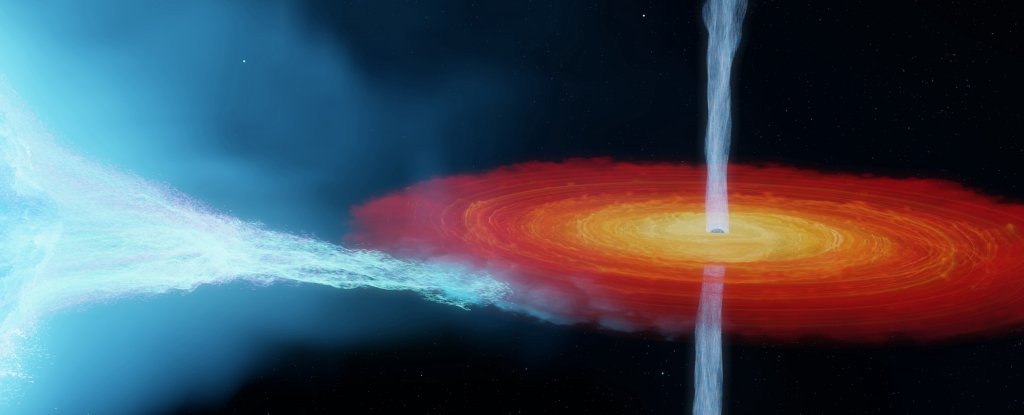Science
Related: About this forumWe Thought We Understood The 'First' Black Hole. But We Were Wrong, Scientists Say

MICHELLE STARR18 FEBRUARY 2021
Astronomers have revisited the very first stellar-mass black hole ever identified, and found that it's at least 50 percent more massive than we thought.
The black hole in the X-ray binary system Cygnus X-1 has been recalculated to clock in at 21 times the mass of the Sun. That makes it the most massive stellar-mass black hole ever detected without the use of gravitational waves, and it's forcing astronomers to rethink how black holes form.
Cygnus X-1 was first discovered as an X-ray source in 1964, and its status as a black hole went on to become the subject of a wager between astrophysicists Stephen Hawking and Kip Thorne.
Scientists later validated the black hole interpretation of the object's nature, concluding that the X-ray emission was produced by the black hole snacking on a binary companion.
It's become one of the most studied black holes in the sky, and astronomers thought that it was fairly well understood: an object around 6,070 light-years away, with a mass of 14.8 solar masses, and a blue supergiant binary companion named HDE 226868 clocking in at around 24 solar masses.
More:
https://www.sciencealert.com/this-black-hole-is-bigger-than-we-thought-challenging-our-current-formation-models
Judi Lynn
(160,632 posts)By David Szondy
February 21, 2021

Cygnus X-1 and the gas jet it is absorbing from its supergiant blue star companion
International Centre for Radio Astronomy Research
VIEW 3 IMAGES
New observations have shown that Cygnus X-1, the first black hole ever discovered, is much more massive than previously estimated. By making a more precise measurement of its distance from the Earth, a team led by the International Centre for Radio Astronomy Research (ICRAR) has concluded that the black hole is the most massive ever detected without using gravitational waves.
The idea of a black hole has been around since 1784 when the English clergyman John Michell speculated that a large enough star might have a strong enough gravitational field to hold in light. In the 20th century, scientists building on Albert Einstein's general theory of relativity developed the theory that a massive enough star could collapse in on itself until it literally vanishes from the universe, leaving behind a singularity within which the laws of nature no longer apply.
It was a dramatic idea, but it wasn't until 1964 that the first of these was discovered when a sounding rocket lifted off from the White Sands Missile Range in New Mexico, carrying a pair of Geiger counters. These detected gamma rays being emitted from a spot in the constellation of Cygnus. Further observation over the next few decades indicated that this was a black hole, now called Cygnus X-1.

The measurement baseline of Cygnus X-1's distance was based on the distance the Earth traveled around the Sun
International Centre for Radio Astronomy Research
The new ICRA study is based on observations from the Very Long Baseline Array, which is made up of 10 radio telescopes spread across the United States. Combining their signals turns them into a single radio telescope as wide as the North American continent, and over six days it was used to monitor Cygnus X-1 as it orbited its companion binary star. By comparing these new observations against similar ones collected in 2011, the distance the Earth has traveled in between produced a large enough baseline to measure the difference in angles of the Cygnus X-1 System, allowing the astronomers to more accurately estimate its distance from us.
More:
https://newatlas.com/space/cygnus-x-1-first-black-hole-discovered-more-massive/